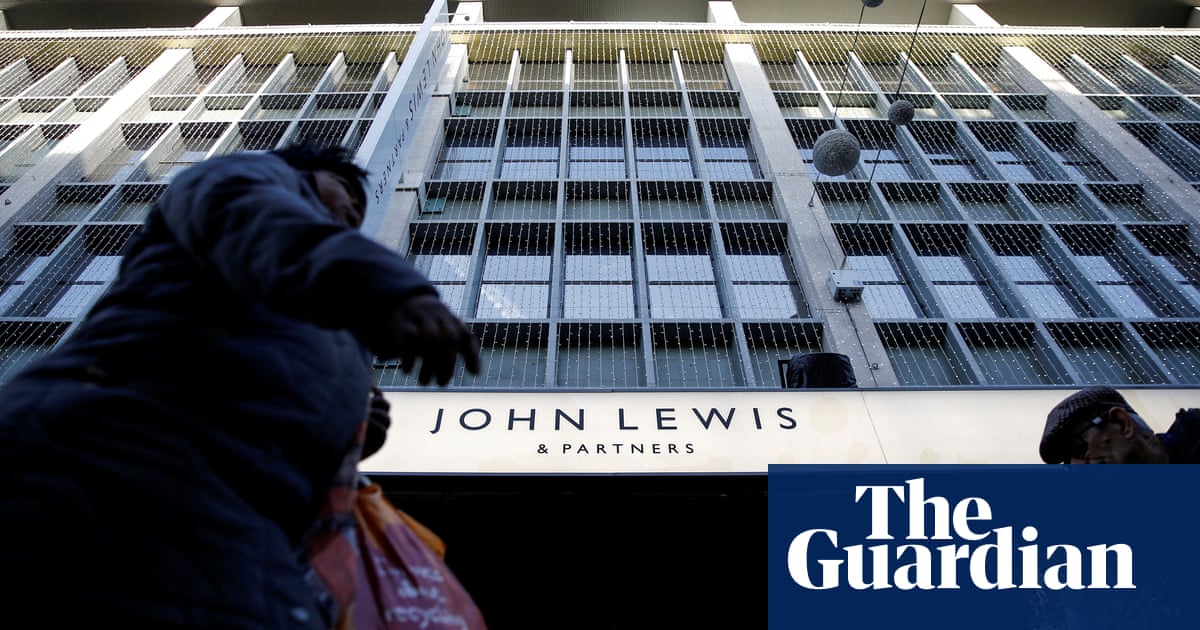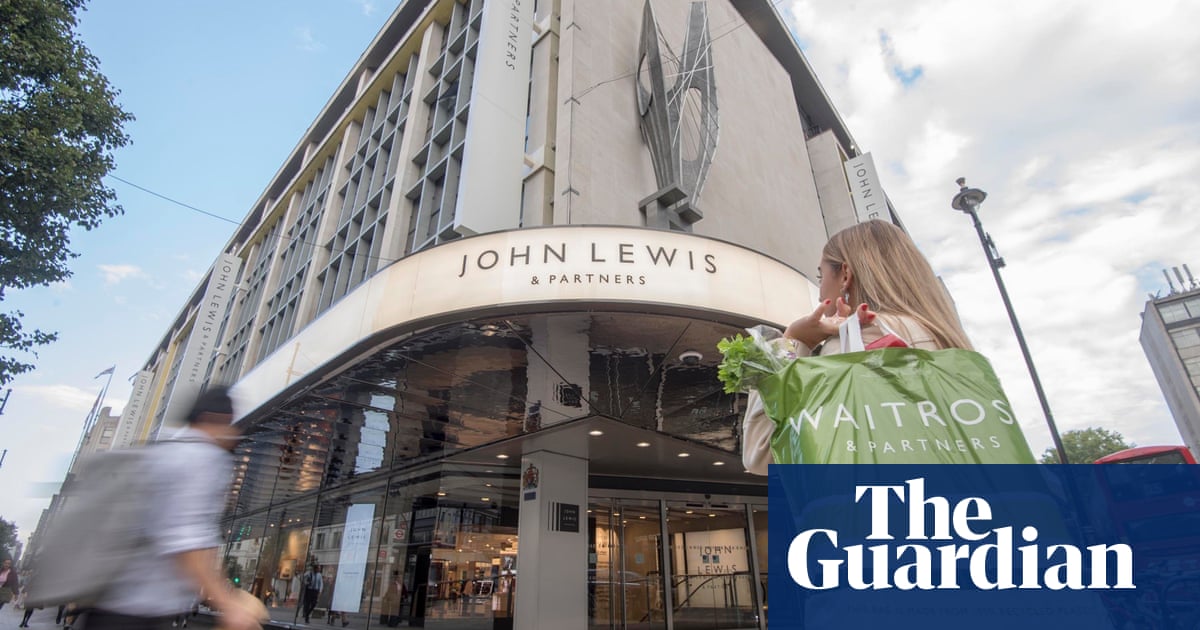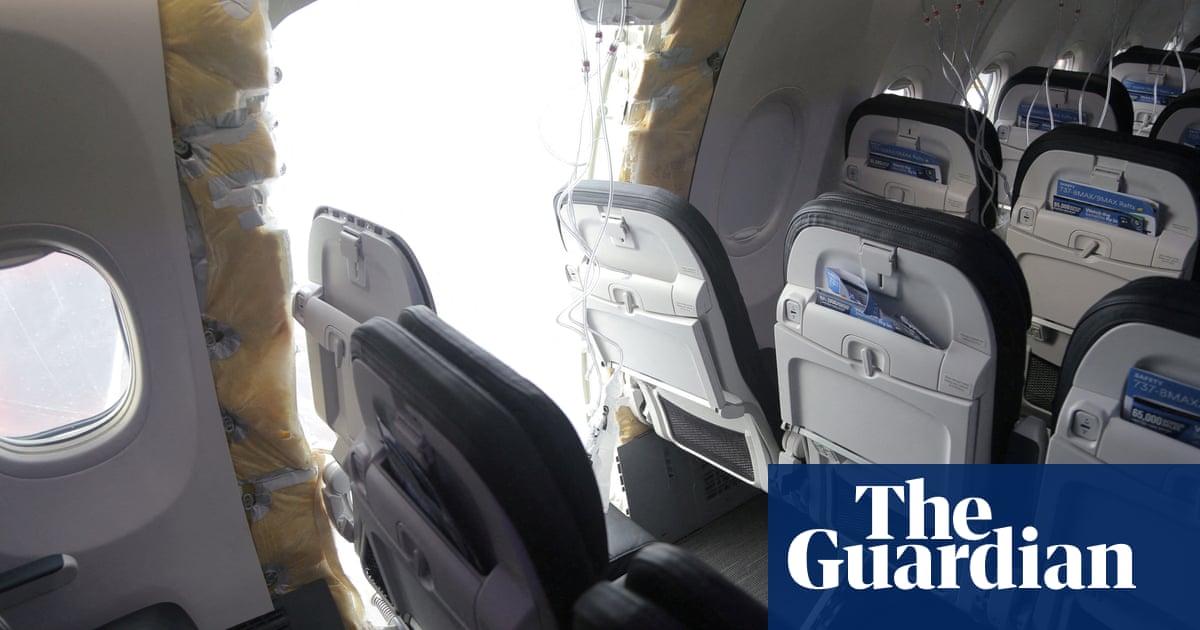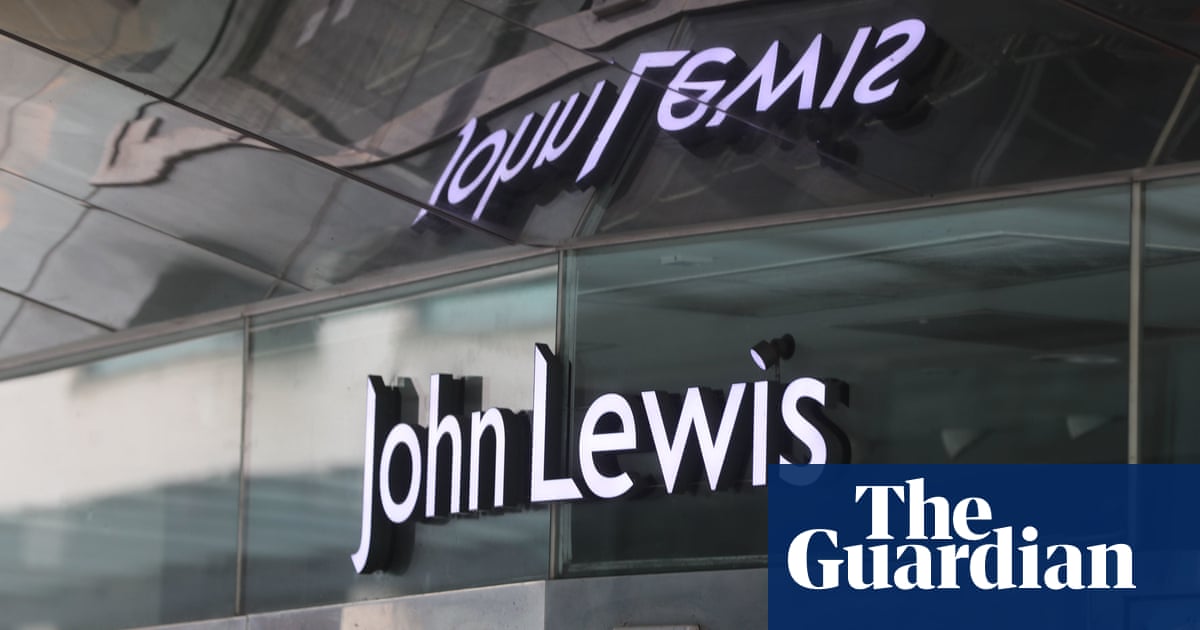
Almost a quarter of staff representatives voted against John Lewis boss Sharon White in a crucial confidence vote this week, it has emerged, raising questions about her plan to return the owner of 34 department stores and the Waitrose supermarket chain to profitability.
Details of the vote count, published on the John Lewis Partnership website on Friday night, revealed a significant rebellion at the employee-owned business. Of the 55 members of the staff council who voted, 24% were against the former civil servant continuing to lead the business, while 92% said they did not support her performance over the past year.The rebellion came after a £243m loss last year that left staff without a bonus. White said she had decided against short-term fixes, but what options does she have to turn the high street favourite’s fortunes around?
What has gone wrong?
Profits at the John Lewis Partnership (JLP) had been declining for several years before its recent slump into the red. Its department stores have struggled to adapt to the switch to online shopping, while the cost of running its large high-street outlets has surged.
The group’s Waitrose supermarkets had been doing well until the last couple of years, when they became squeezed in a pincer movement between heavy price competition from below from the likes of Tesco, Sainsbury’s, Aldi and Lidl, and a resurgent Marks & Spencer at the upper end of the market.
M&S has grabbed the initiative on lowering the price of essentials such as butter and milk, while also broadening its appeal with investment in more exciting shops and snapping up Waitrose’s spot with the online specialist Ocado.
John Lewis has shut 16 loss-making department stores, trimmed back its supermarket estate and made big efforts to reduce head office costs, but appears to have lost ground to rivals on customer service and price. Former insiders say the group has become too focused on worthy concerns about its purpose and values and lost its way on the retail basics.
With White, a former civil servant without retail experience, at the helm as chair, and now another non-retailer, Nish Kankiwala, the former boss of Hovis, as chief executive, the brands have lost their pizzazz. Both Waitrose and John Lewis department stores stand accused of failing to emphasise their point of difference sufficiently and being too slow to tackle basic issues with availability, range and price positioning.
Some analysts argue that the group’s laudable range of benefits for workers, including holiday homes and a yacht club, are out of date, weighing on its ability to adapt to a highly competitive modern retail climate.
Why does John Lewis want to raise funds?
White wants to realise her ambition of creating a more profitable stream of income from building flats to rent above some stores. Retail watchers also argue the group needs to invest in making its stores more exciting and improving customer service.
JLP has £300m of debts to repay in January 2025 (plus £50m before then) and needs funds for its restructuring programme. The IT systems at Waitrose is outdated, while the partnership’s £500m step into rental property with the fund manager Abrdn is a project with a long payback period.
The balance sheet may not be creaking – the net debt of £1.7bn including leases is reasonably conservative for a business this size – but the group has no shareholders to call on and so must be particularly careful about maintaining a cushion.
How could it raise the money?
On Wednesday, White scotched suggestions that the group might end its mutual model, promising that it would remain employee-owned, but mooted the possibility of external investment if at any point they were “unable to fund all our plans through our own means”.
Even if the group’s employees were willing to give up a 25% stake to an outside investor – which might be possible while retaining ultimate control by the employees – the partnership would have to be worth £8bn to raise the £2bn they are reportedly considering.
That seems an unlikely valuation when M&S, which is profitable and on a roll, has a stock market value of about £3bn, or £6bn including debts. John Lewis is loss-making, with big questions over its brands, so raising £2bn may be a bridge too far, and careful consideration will be required on where that money might go.
Can John Lewis stores survive?
Last year, sales at the department stores were flat at £4.9bn, but operating profits slumped by 11% to £676m as costs rose. Sources say the business has suffered from some questionable tactics and suffered from poor morale under its now departed boss, Pippa Wicks. Former insiders urge the appointment of a “retail star” with some good ideas.
Ditching the brand’s “Never knowingly undersold” promise may have been inevitable, as it became increasingly meaningless because online competitors were not included. However, the company needs a far clearer and more attractive new promise to shoppers than the current slogan, “For all life’s moments”. Passing key customer interactions, such as the call centre, to outside operators and staff cuts have also been a drag on its famous service promise.
With its rival Debenhams now off the high street, M&S moving to the edge of town and House of Fraser and Beales reduced to a shadow of their former selves, there could be a gap in the market for a middle-age-friendly playground in the centre of town. For that to work, it would need well-priced attractive products and services, but also better cafes, restaurants and bars, and more excitement.
Perhaps there are signs of life. This week, Liverpool’s John Lewis store hosted a kitchen disco by the singer Sophie Ellis-Bextor as part of its Eurovision celebrations. Let’s hope more crowd-pleasing antics are on the way.
What about Waitrose supermarkets?
Last year Waitrose sales fell 3% to £7.3bn, with the number of items sold down 10% amid rising grocery inflation across the market. Online sales decreased to 14% of the total, down from 17% at the height of the pandemic, with store sales steady. Operating profit fell 12% to £894m.
Watchers say Waitrose was too slow to bring down the price of its Essentials range and reassure shoppers during the cost of living crisis. It also suffered from poor availability, partly as a result of IT problems, and clearly continues to have gaps on shelves.
As a smaller player among the top grocers, Waitrose lacks the scale to negotiate tough enough deals with suppliers to win on price. It can deliver a difference on quality, service and the shopping experience, but some of that has sagged.
Investment is needed to bring in excitement to Waitrose stores that are often tired and dull-looking and compete with M&S branches glittering with neon signs and hipster-inspired vegetable displays.












